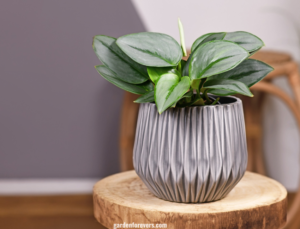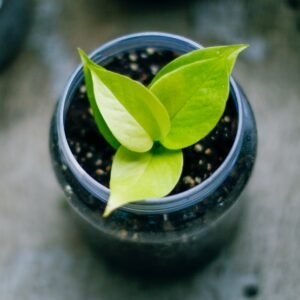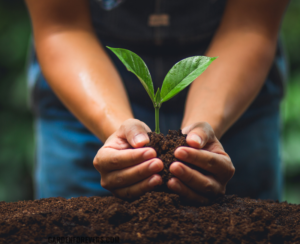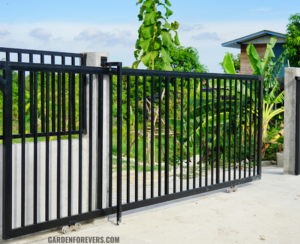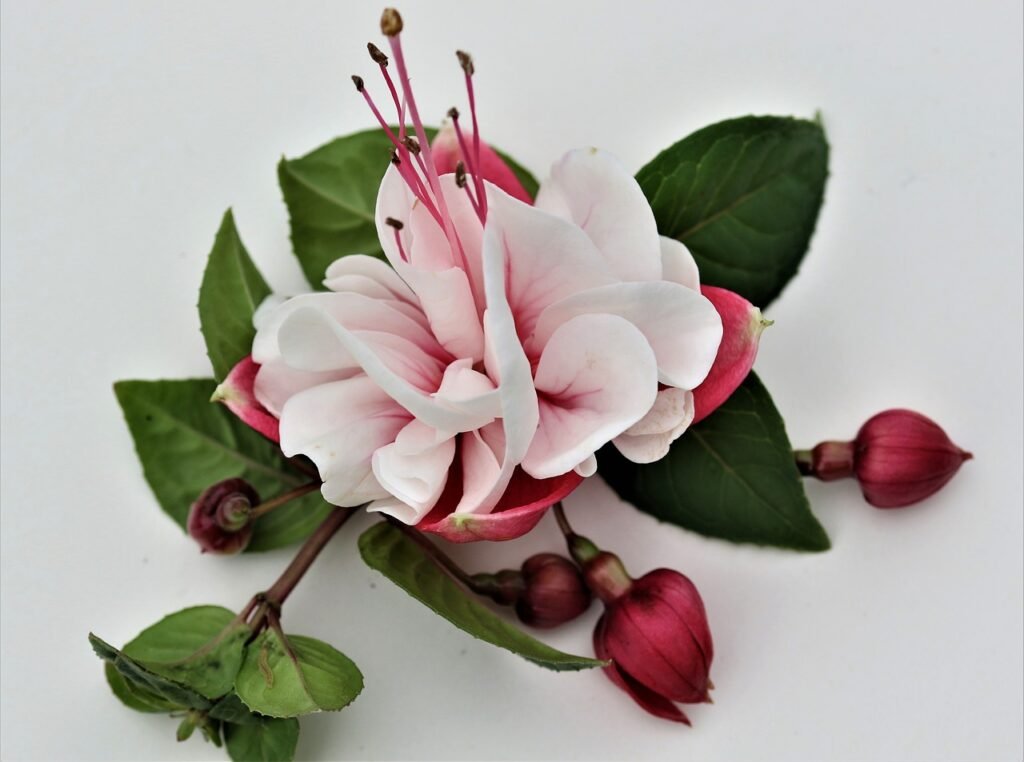How to Care & Grow for English ivy plants
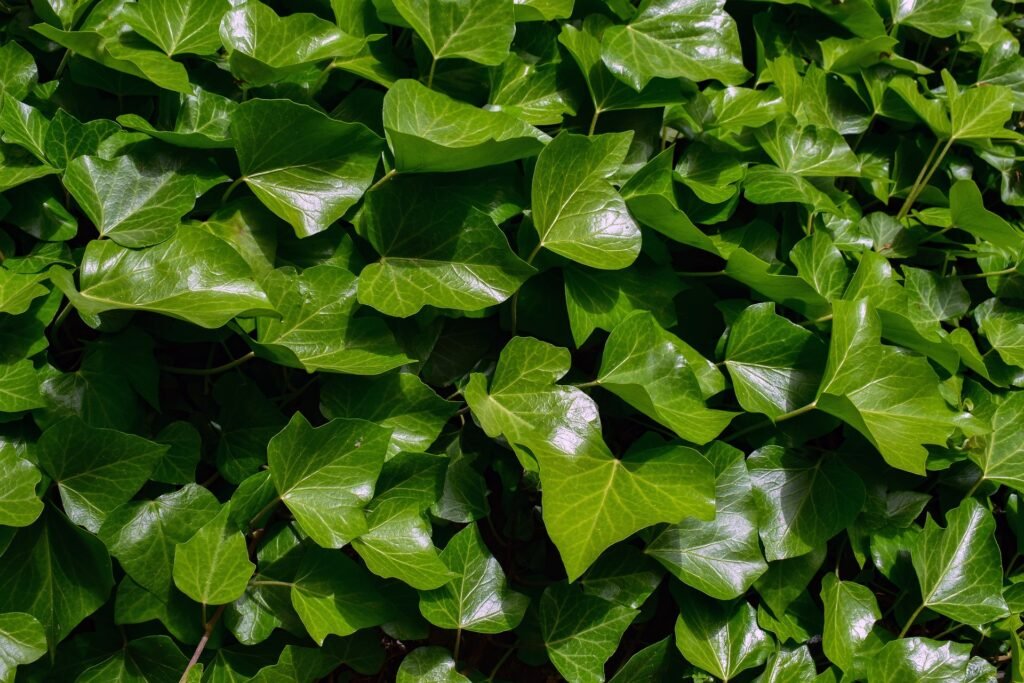
In This Article
The English ivy Plants (Hedera helix) has been mentioned for its care needs; this adaptable and robust plant often brings greenery and beauty both indoors and outdoors. Its ancient leaves and ability to thrive under various conditions have made English ivy Plants a popular choice for many gardeners and homeowners. If you want to know more about indoor plant, Click Here.
How do you care for English ivy Plants
Light:
English ivy Plants thrives in moderate to bright indirect light conditions. It can tolerate some shade but please avoid low light conditions. Indoors, English Ivy can become quite dense in larger patches where it receives several hours of filtered light daily. Outdoors, it can tolerate moderate shade. However, it thrives best with morning light and afternoon shade in a location sheltered from harsh midday sun.
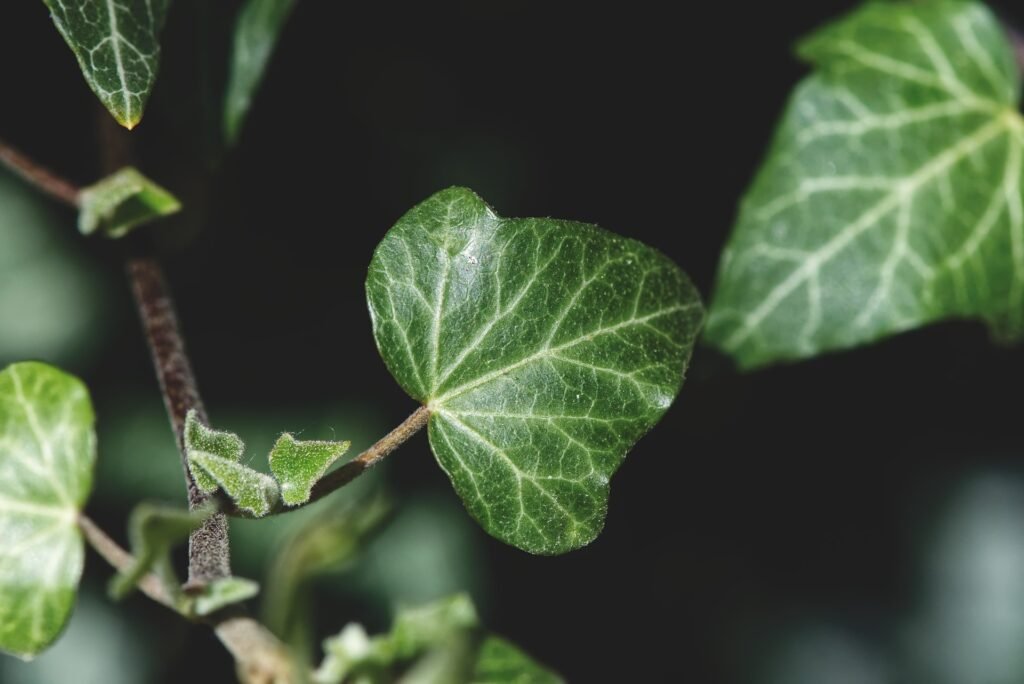
Water:
Careful attention is necessary for the health of your English ivy Plants. Ensure the soil remains moist but not soggy. Water lightly at the top inch of the soil. During the growing season (spring and summer), ensure the soil is evenly moist by watering with a generous amount of water at the base. In the winter, water sparingly, allowing the top portion of the soil to dry out further.
Soil:
English ivy Plants prefers well-draining soils. It’s best to incorporate a mixture of potting mix, perlite, and compost into the soil for Ivy plants in pots. Outdoors, English Ivy can tolerate various soil types, such as sandy or clayey soils, provided they drain well. Ensure the soil pH is slightly acidic to neutral (pH 6.0-7.0) for optimal growth.
Temperature:
English ivy Plants prefers consistent but moderate temperature conditions. It thrives at average room temperatures between 60-75°F (15-24°C). Keep your Ivy away from extreme temperatures or fluctuations, which can stress the plant and lead to leaf drop. Outdoors, English ivy Plants is hardy in USDA zones 4-9 but may need some protection during harsh winter conditions.
Humidity:
While English Ivy can tolerate typical indoor humidity levels, it tends to gather more moisture indoors during dry winter seasons. Increase humidity around your plant by misting it or placing a tray of water near it to evaporate. This will prevent leaf browning and keep your Ivy looking vibrant and healthy.
Fertilization:
To promote growth, provide your English Ivy with a balanced liquid fertilizer every 4-6 weeks during the growing season, with half-strength application. Study additional fertilization segments to ensure it promotes more leaf growth with less bloating. During the winter, suspend fertilization to ensure slow growth.
Pruning:
Regular pruning maintains the shape and encourages growth of your English ivy Plants, preventing it from becoming excessively long or invasive. Trim any long stems and lift the top of the vine to encourage upward growth. Prune any browning or dead leaves to promote healthy foliage. You can also prune to control the size of your Ivy or remove any unwanted growth.
Pests and Diseases:
English ivy Plants generally tolerates pests and diseases well. However, signs of infestation or resistance may occur, such as spider mites, aphids, mealybugs, and scale insects. Regularly inspect your plant for cleanliness by washing away any infestations with soapy water or neem oil. Increased leaf growth or overcrowding of the plant can attract pests. More details here.
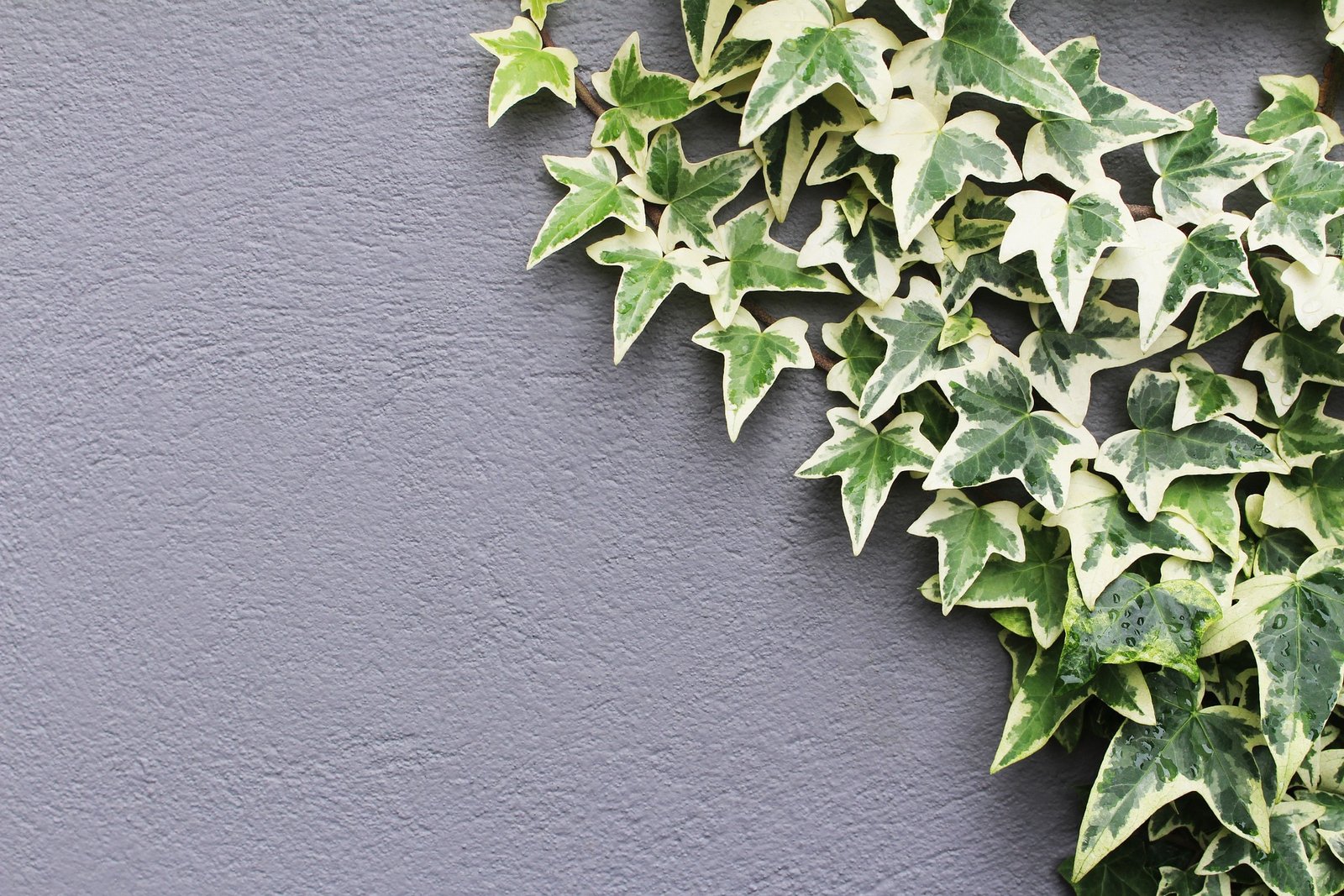
Propagation:
Propagation of English ivy Plants through stem cuttings is straightforward. Take healthy cuttings from the stem, about 4-6 inches long, from a healthy branch. Remove the lower leaves and place them in a jar of water or moist soil mix. Keep the cuttings in a warm, bright location, and roots may emerge within a few weeks. Once rooted, transplant the cuttings into a well-draining potting mix for further growth.


